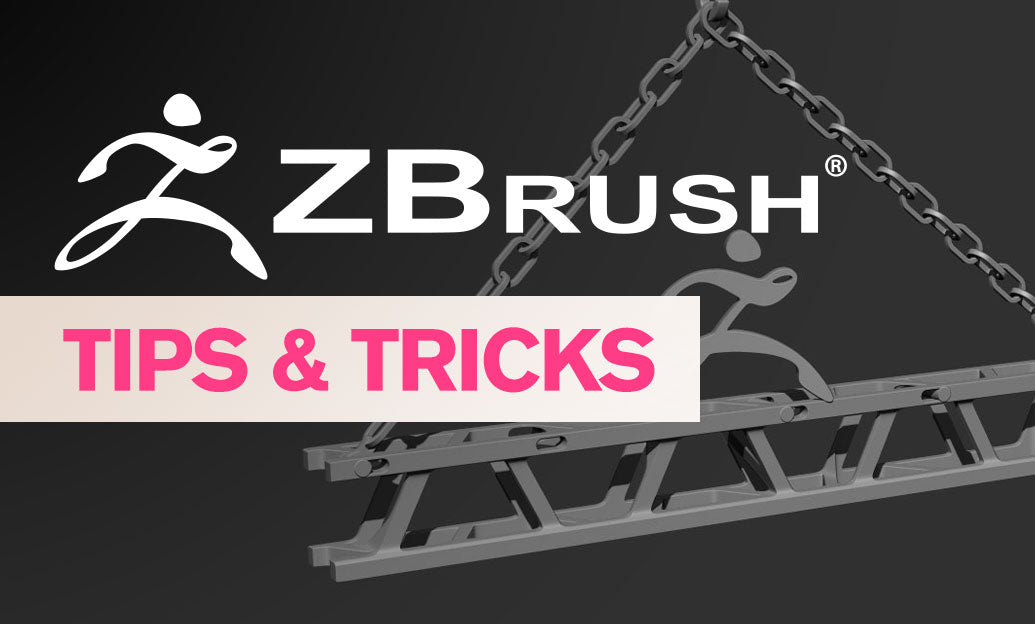Your Cart is Empty
Customer Testimonials
-
"Great customer service. The folks at Novedge were super helpful in navigating a somewhat complicated order including software upgrades and serial numbers in various stages of inactivity. They were friendly and helpful throughout the process.."
Ruben Ruckmark
"Quick & very helpful. We have been using Novedge for years and are very happy with their quick service when we need to make a purchase and excellent support resolving any issues."
Will Woodson
"Scott is the best. He reminds me about subscriptions dates, guides me in the correct direction for updates. He always responds promptly to me. He is literally the reason I continue to work with Novedge and will do so in the future."
Edward Mchugh
"Calvin Lok is “the man”. After my purchase of Sketchup 2021, he called me and provided step-by-step instructions to ease me through difficulties I was having with the setup of my new software."
Mike Borzage
ZBrush Tip: Optimizing Anatomical Sculpting in ZBrush with Reference Images
October 16, 2024 2 min read

Sculpting realistic anatomy in ZBrush can be both an art and a science, requiring a balance of creativity and precise technique. Reference images play a crucial role in achieving anatomical accuracy. Here are some tips for effectively using reference images in ZBrush to elevate your sculpting projects:
- Gather High-Quality References: Begin by collecting a variety of high-resolution images. This can include photos from different angles, anatomical diagrams, and even 3D scans. The more comprehensive your reference library, the better you can understand the intricacies of human anatomy.
- Use Spotlight for Reference: ZBrush's Spotlight feature is a powerful tool for managing reference images. Import your images into Spotlight and arrange them around your canvas. This allows you to constantly refer to your references while sculpting, without disrupting your workflow.
- Analyze and Simplify: Before diving into the sculpting process, take time to study your references. Break down complex anatomical structures into simpler forms. Understanding the underlying shapes and how they interconnect is key to creating realistic models.
- Focus on Landmarks: Identify key anatomical landmarks such as the zygomatic arch, clavicle, and patella. These landmarks serve as anchor points in your sculpt and help maintain proportions throughout the sculpting process.
- Utilize Symmetry Wisely: While ZBrush offers powerful symmetry tools, human anatomy is inherently asymmetrical. Use symmetry during the initial stages of your sculpt to save time, but ensure to introduce asymmetry as you refine your model to achieve a more natural appearance.
- Use Layers for Iterations: Experiment with different anatomical details using ZBrush layers. This non-destructive approach allows you to try various adjustments without permanently altering your base model. Layers can also be used to compare different anatomical variants or poses.
- Iterate and Refine: Sculpting realistic anatomy often requires multiple iterations. Continuously compare your model to your references, making incremental adjustments until you achieve the desired level of realism.
By effectively leveraging reference images and the powerful tools available in ZBrush, you can enhance your ability to sculpt realistic anatomy. For more insights and resources on mastering ZBrush, visit @NOVEDGE.
You can find all the ZBrush products on the NOVEDGE web site at this page.
Also in Design News

ZBrush Tip: Mastering the Chisel Organic Brush for Realistic Digital Sculpting in ZBrush
February 18, 2025 2 min read
Read MoreSubscribe
Sign up to get the latest on sales, new releases and more …




